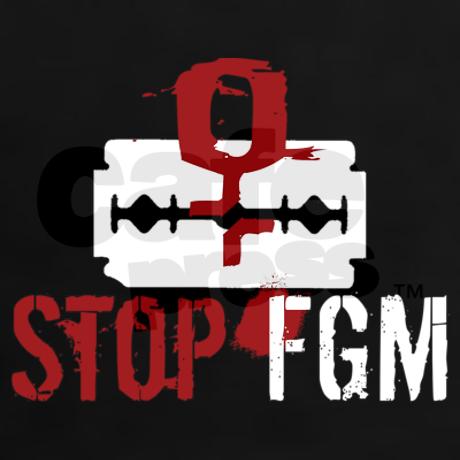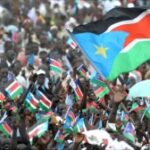FGM
I’ve always been keen on Women (their beauty) and the vast number of struggles and triumphs that they encounter. Hence, at the beginning of this year , while I was about to complete my studies; I decided to take a class that dealt with issues that impact women around the world. I was blown away by the issues that were raised and I honestly learned a great deal than had expected. Since then, I have spoken to my professor and he has granted permission to share some of his teaching notes with the TAP audience. The following is an issue I’ve known about and advocated against for a while now. While the (notes) in this episode will be focused on the Western community or those in the Diaspora’s, its my belief that we can all take something from them. ……………………………………………. When discussing female genital mutilation (FGM), Western feminists often refer to it as a ‘war against women,’ taking an absolutist position on the issue. This position means that FGM is always and everywhere harmful, and governments, including the United Nations, should lobby to ban the practice. The reality, however, is more complicated. In these lecture, we sought answers to a more nuanced dilemma.
The estimate worldwide is that more than 130 million girls and women have undergone the procedure of FGM. The origins of female circumcision or FGM have been lost in antiquity, but the practice remains prevalent in East and West Africa, parts of the Arabian Peninsula, as well as among first-generation immigrants from these regions to Europe, Canada, Australia, and the United States. For these recent immigrants, the pull of culture and/or religious mythology is strong. Many first-generation African immigrants want their female children to marry endogamously—that is, from within their own culture—and the procedure greatly increases their chances of success for this kind of marriage. To ensure this occurs, parents will bring their female children to a practitioner willing to participate in the procedure. Since FGM is illegal in Western nations, this often means travelling outside the country of immigration and back to one’s homeland. Sometimes, the procedure can be done in Canada or the United States but only covertly. That said, there exists a correlation between education and the procedure in that women from urban centres who receive a formal education are less likely to undergo the procedure for themselves or their daughters.












The importance of breast milk to infant nutrition is second to none. In fact, WHO in acknowledging the same has encouraged exclusive breastfeeding and skin-to-skin practice to reduce infant mortality rates and donated breast milk as the first alternative for premature babies and low birth weight babies. A move that has since seen over 600 milk banks open up in more than 60 countries globally. Kenya is among those countries having opened the first milk bank within the Eastern Africa region in 2019 at the Pumwani Maternity Hospital.